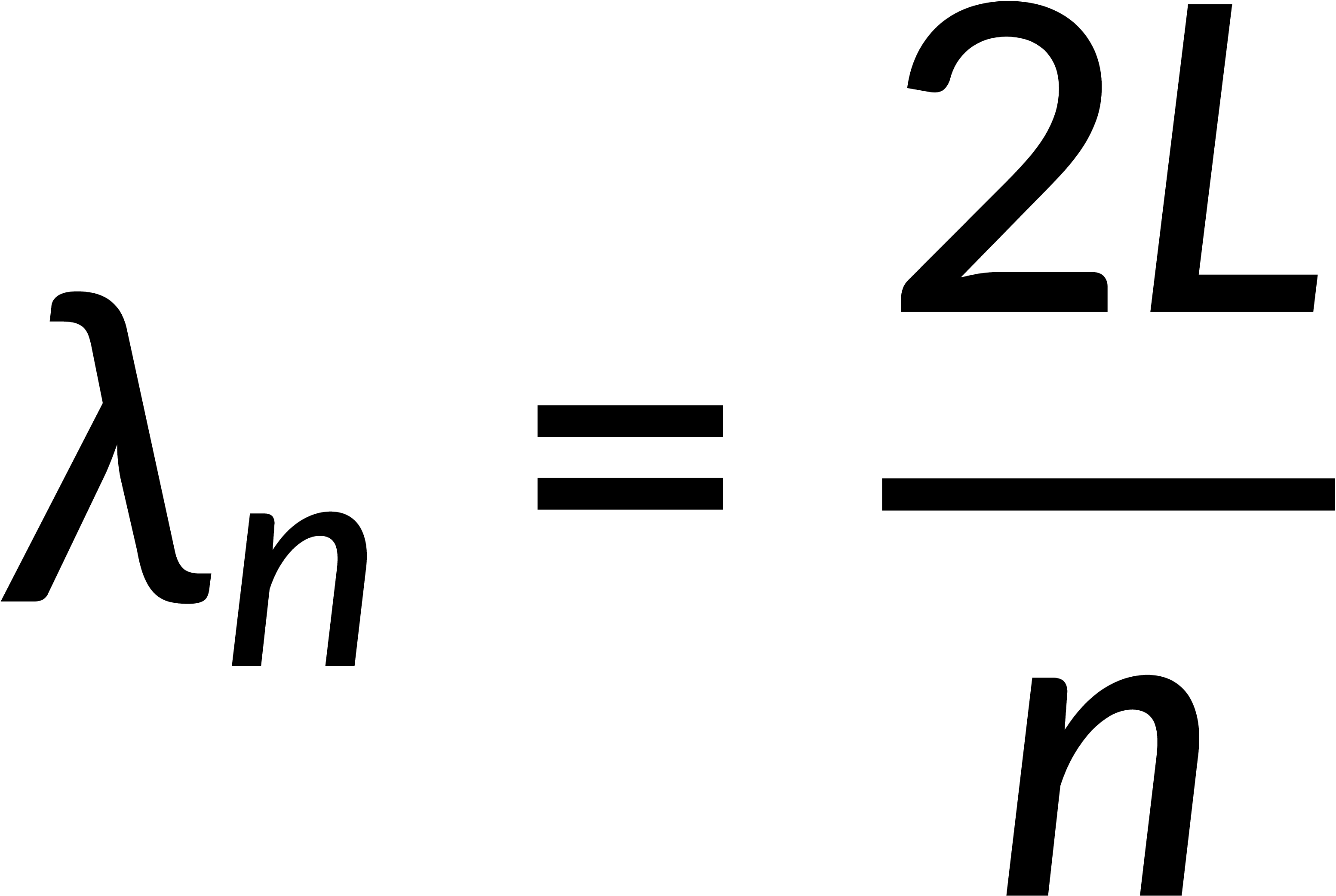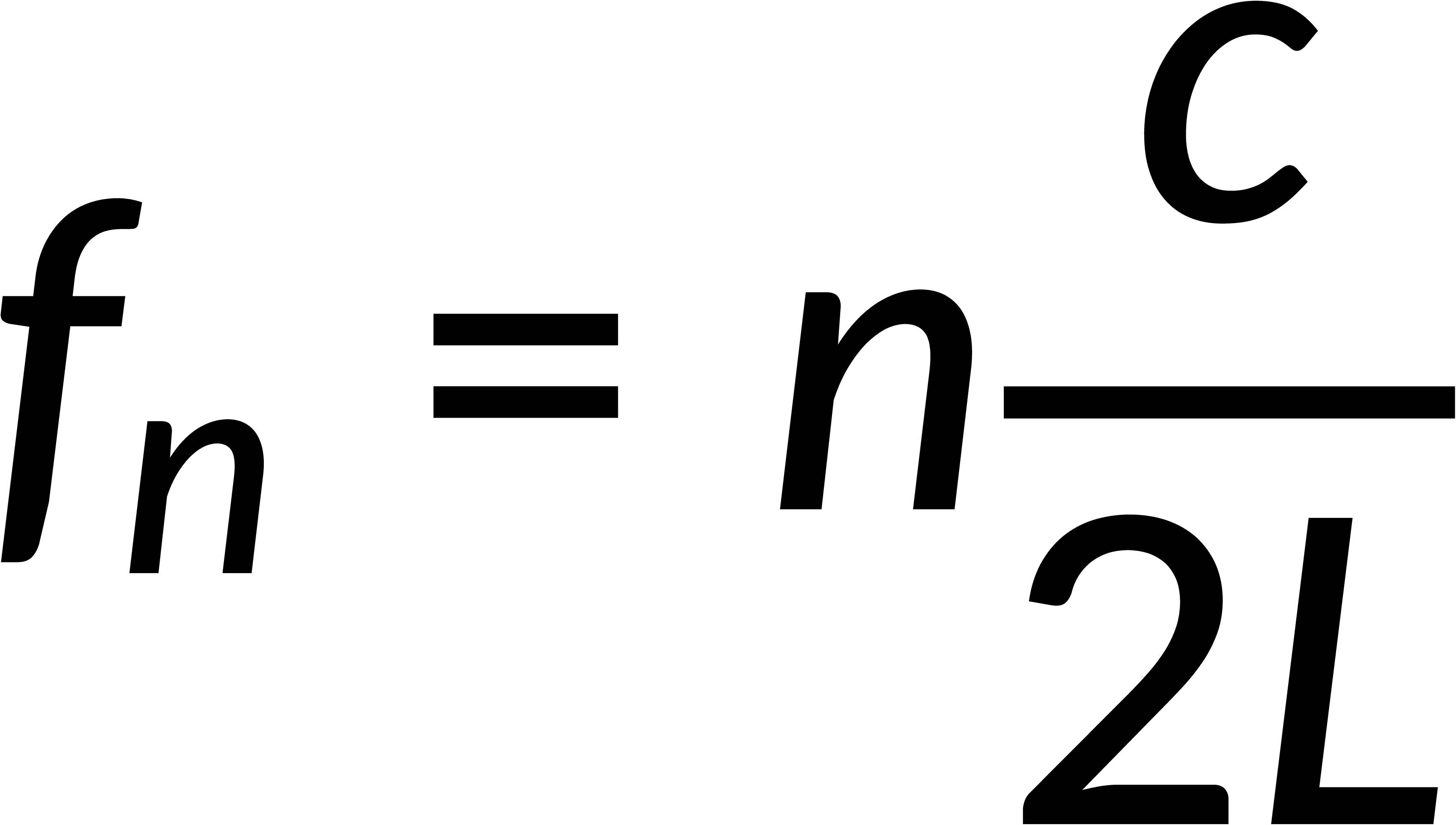33.14:
Standing Waves in a Cavity
Microwave ovens use electromagnetic waves to heat food.
Most food items contain polar molecules like water, that flip back and forth with the alternating electric field. While flipping, the molecules undergo friction with other molecules, as a result, heat is generated.
The microwave chamber acts as a resonating cavity where standing electromagnetic waves are formed by reflection from the metal surface. The two metallic surfaces are placed at nodal planes.
So, the distance between the planes must be an integral multiple of half the wavelength.
The wavelengths that satisfy this condition are called the characteristic wavelengths, and the corresponding frequencies are called the characteristic frequencies.
Each characteristic frequency, wave shape, and node pattern constitutes a set of normal modes.
For instance, a typical domestic microwave runs at 2.4 gigahertz, corresponding to a wavelength readily absorbed by the water molecules.
This wavelength has nodes at 6.1 centimeters apart, which means that the food will be cold at these points and heated to a maximum at the antinodes.
So, the microwave's turntable is rotated to have a uniform heat distribution.
33.14:
Standing Waves in a Cavity
A household microwave and lasers are examples of standing electromagnetic waves in a cavity. When two conducting metal plates are placed parallel at the nodal planes, it creates a cavity where standing waves are formed. The cavity between the two planes is analogous to a stretched string held at the points x = 0 and x = L. Here, the distance 'L' between the two planes must be an integer multiple of half of the wavelength. The wavelengths that satisfy this condition are given by:

The corresponding frequencies are:

Each characteristic frequency, wave shape, and node pattern constitutes a set of normal modes. The wavelength can be estimated by measuring the node positions, and if the frequency is known, the wave speed can also be determined.
Apart from conducting surfaces, the reflection of electromagnetic waves can also occur at an interface between two insulating materials with different dielectric or magnetic properties. The mechanical analog is a junction of two strings with equal tension but different linear mass density. Typically, a wave incident on such a boundary surface is partly transmitted into the second material and partly reflected back into the first. For instance, light is transmitted through a glass window, but its surfaces also reflect the light.
Suggested Reading
- Young, H.D. and Freedman, R.A. (2012). University Physics with Modern Physics. San Francisco, CA: Pearson. Section 32.5; page 1071.
